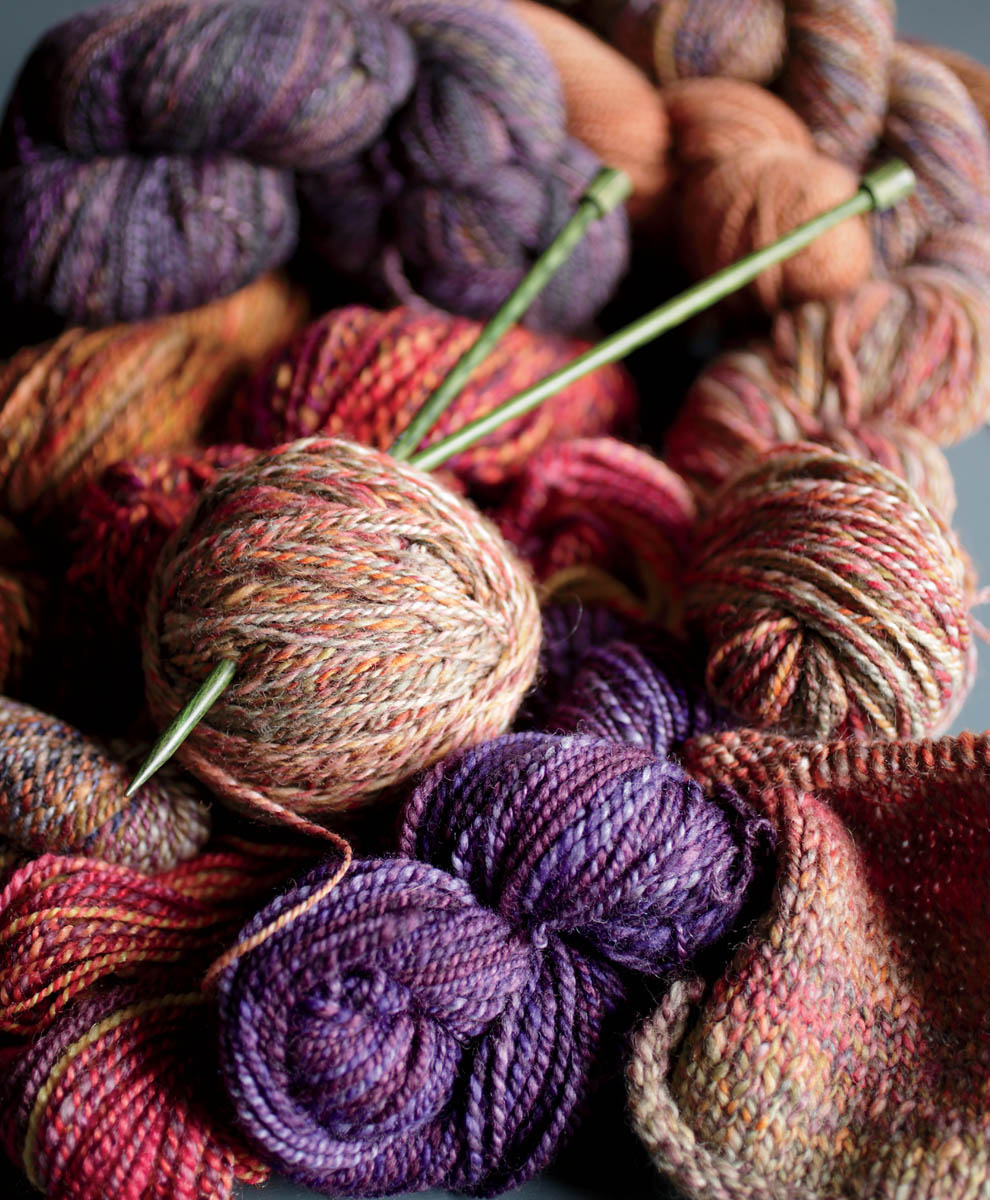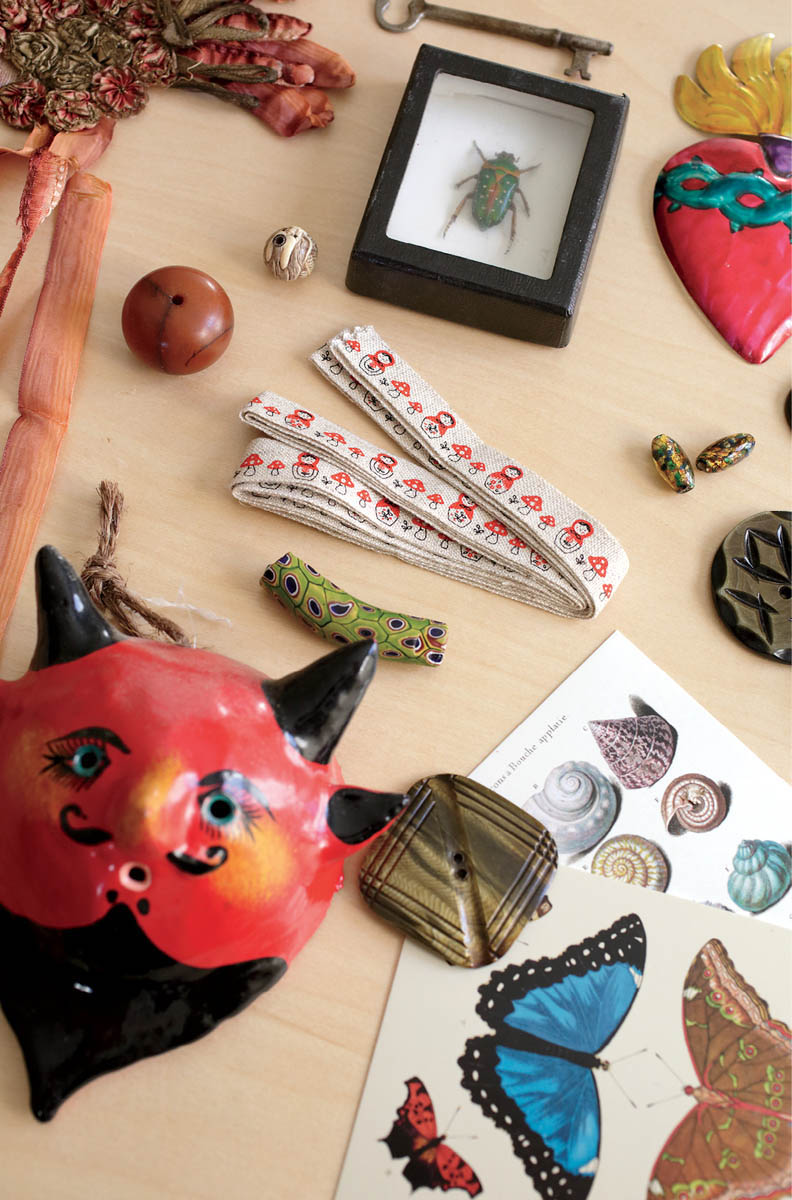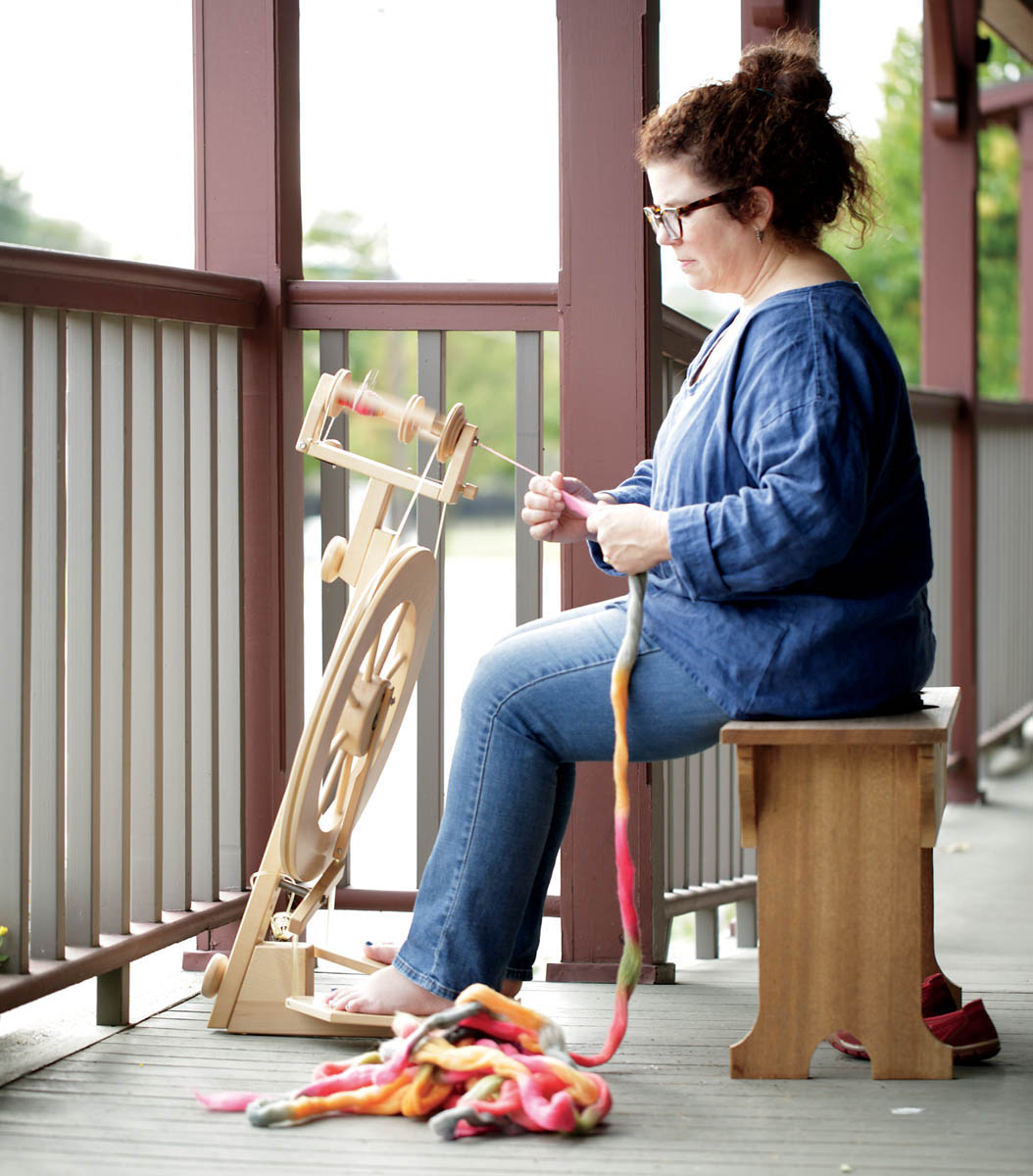
When you sit at your wheel to create yarn, do you know what you want to spin?
If you are spinning for something other than just the spin of it, do you know how to get there? Can you see the finished yarn in your mind’s eye, feel it running through your hands as you knit? Can you see the beautiful finished project created from your yarn?
Do you ever take more than a second to think about the yarn you want to make, to use, even before you sample, and before you buy or shop your stash for fiber?
Taking time to really describe the yarn you want to use can be the difference between loving your final yarn and project, and disappointment. When I express all of the details of a future yarn, I call it a yarn vision. I do it when I am spinning for a specific project, and I do it just to stretch my creativity in spinning. I started doing it because I would spend most of my time just spinning aimlessly, and even when I had a project or yarn in mind, I would sit at my wheel and hope for the best. Needless to say, I was disappointed most of the time!
So now I dream part of the time and plan part of the time to make a yarn vison, and I spin with clearer ideas and intent. I find I spin more because my time is better balanced between dreaming and spinning. I also find I spin with more creativity because my best creative moments come from veering from a path (what if I do it the way everyone says you can’t?) or combining paths that I’ve never put together before.
My planning usually consists of asking myself questions. I love questions, I love lists, and I’m a visual person, so my yarn vision frequently looks like an explosion of fiber, paper, tags, markers, and photos. In this chapter, I describe some of the ways I get motivated.
That’s always my big question, the perfect place to start. Here are a bunch of reasons I might be spinning.
I’m not great at following this principle, and I’m always unhappy when I don’t. Decide how you will keep track of your spinning. Use a method that works for you that is easy. Mine is low tech and unsexy; I use zip-top plastic bags, index cards, and Tyvek wristbands. It works for me. I’ve tried to use fancier systems, but I love keeping my yarn samples on Tyvek wristbands, and I can’t work without zip-top bags — I can stuff everything in them. Here’s what I keep track of:

Label Tyvek wristbands with information about the skein, such as fiber, spinning method, and grist.
The fiber world has a whole vocabulary of its own. You’ll find more in-depth discussions of many of these terms in other sections of the book, but here’s a quick reference to some that you’ll encounter early on.
|
wpi (wraps per inch) |
A unit measure of yarn width, measured with a wpi gauge or a ruler |
|
twist angle |
A unit measure of the angle of the fibers in a yarn, measured with a protractor in degrees |
|
tpi (twists per inch) |
A unit of measure of number of rotations (twists) per 1" of yarn |
|
grist |
A unit of measure combining the length and weight of a yarn; its density, expressed as ypp (yards per pound) |
Here are some ideas for spinning with intention. When I’m interested in learning something new, I pick a skill or challenge, such as one of these:
One of the things that surprised me when I started focusing on my spinning process was that sometimes I don’t spin, or spin efficiently, or spin with joy, because of my wheel. I would sit at my wheel, and something wouldn’t be right, either mechanically or with me relating to my wheel.
I admit that sometimes I let my wheels languish. I also get into system ruts by always spinning Scotch or double drive. Or I get the idea into my head that I want a new wheel or that I should sell one of mine. (I confess that I always fall back in love with a wheel I’m thinking of selling, or I realize that the actual problem is that something needs fixing or adjusting.) To settle myself down when I realize I’m going down that path, I use the following strategies:
Sometimes when I just want to spin, I need a little prompt. I call this creative spinning. I let myself be inspired by something and aim to create a yarn that represents it. Here are some of my inspirations:
This type of spinning usually has a preparation component to it: fibers and colors get combined, commercially prepped fibers are reprepped, sometimes the dye pots come out. I’m open to other kinds of experimentation, as well, and all of my questions are the prompts — anything that starts with a “what if.” I try spinning a fiber against its type, for example, spinning a longer longwool with a woolen draft, when many spinners would spin it worsted draft only. I experiment with color, I test just how low low-twist can go. I base my yarn on something non-fibery, like a song or a photo.

I like to collect items and photos that might someday inspire a yarn.
If I’m spinning for a specific project, I ask myself:
If I spin the yarn first and then decide on the project, my questions are different:
Once you start spinning, make sure you’re following your unique blueprint. Keeping your vision in mind as you get through your project, practice, or intention is easy. It’s equal parts of concentration and flow. The flow part is just spinning within the parameters of how your ideas, pictures, thoughts, and inspirations move you. The concentration part comes down to sampling, then sampling again, taking notes, and checking back as you work. You can change your vision at any time, but don’t throw away your original work or samples, as they always come in handy for other projects. Remember, this is your yarn and your spinning party, so have fun!

Find a comfortable spot, concentrate, and go with the flow of your yarn vision.